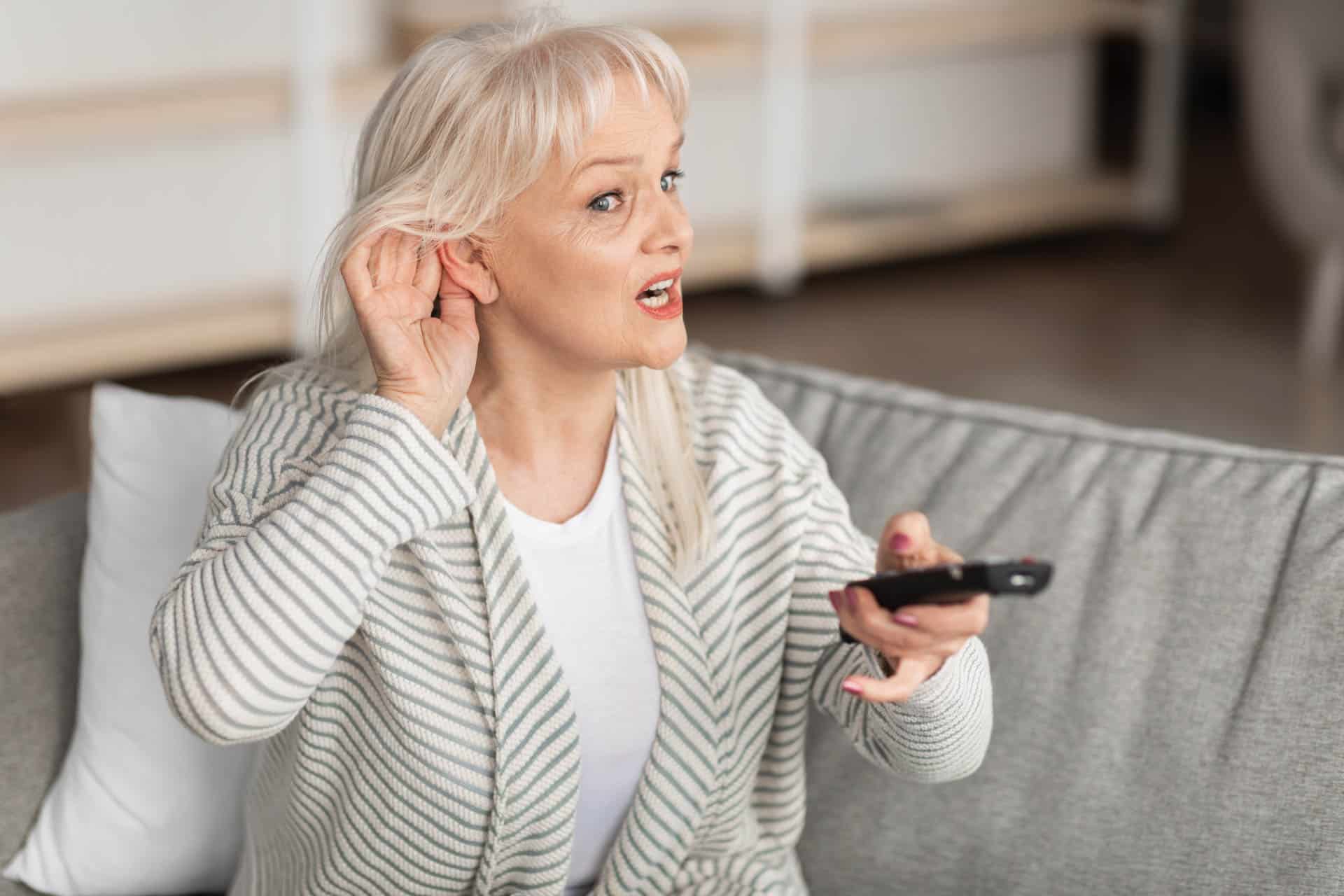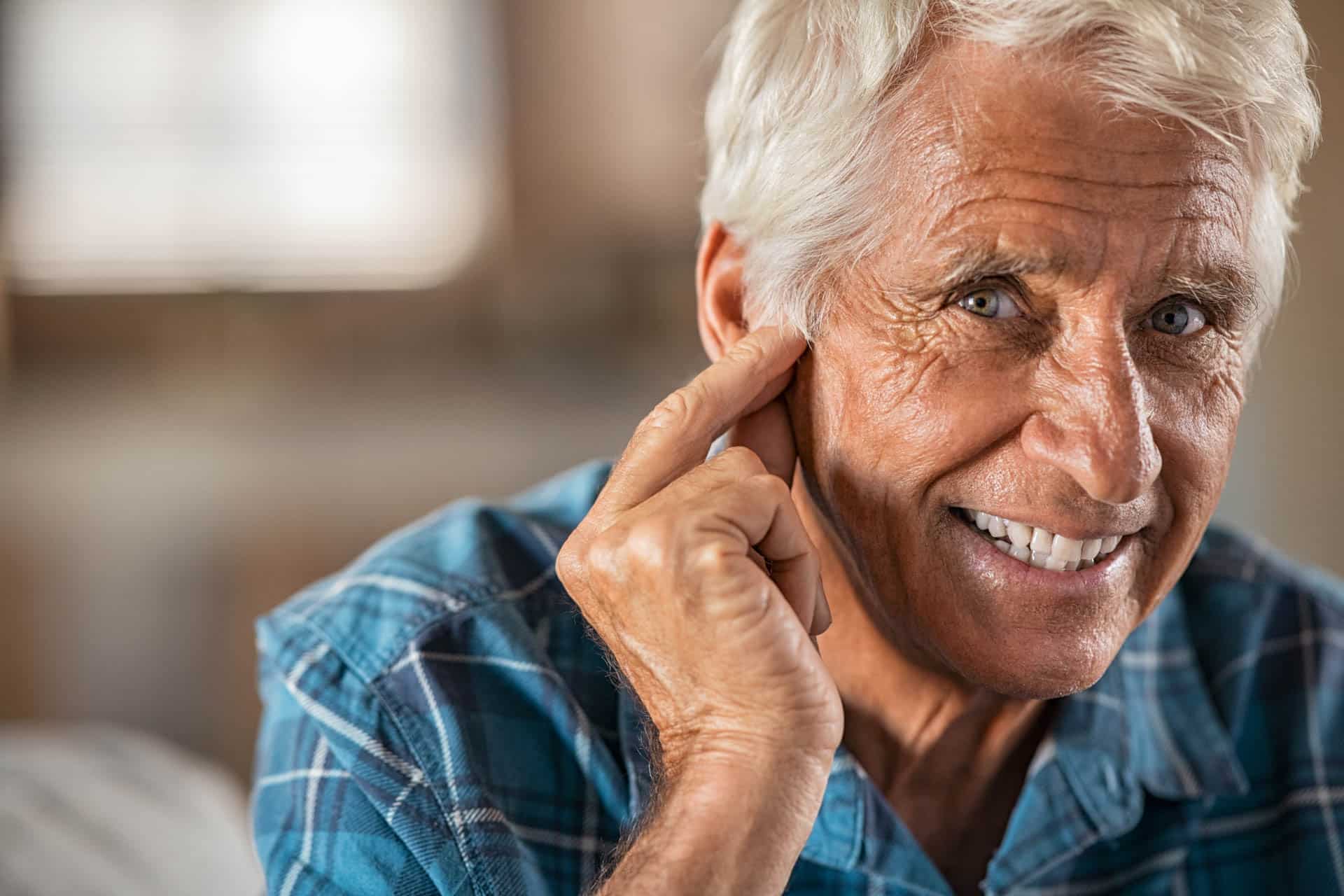Delivery in 2-3 working days
Improve TV sound: What you can do
Who hasn't experienced this? You finally have the latest blockbuster or your favorite series in front of you, but the sound leaves something to be desired. Muffled dialogues, flat bass or background music that is too loud - all these factors can significantly spoil your viewing pleasure. Fortunately, there are numerous ways to improve the TV sound. In this guide, we'll show you what you can do to bring a cinematic sound experience right into your living room!

Why is good TV sound so important?
The tension rises, the movie starts - but something is wrong. The sound on your TV can't keep up. The dialogs are flat, almost swallowed up by the loud booming effects and background music. The magic of the moment evaporates, the immersion is interrupted.
Good television sound is not just a matter of luxury. It is essential to truly capture the complete experience that filmmakers and producers have created for viewers. The quality of the sound affects our emotions, our attention, and ultimately our entire viewing experience.
Television sound also influences speech intelligibility. Especially in action-packed films or series with lots of background noise, it can be crucial to hear every dialog clearly and distinctly in order to follow the action. Nothing is more frustrating than constantly having to rewind because you have missed an important piece of information.
But don't worry: the good news is that there are plenty of ways to improve your TV sound. Whether your TV is brand new or a few years old, there's an upgrade for everyone.
The importance of room acoustics in television sound
Room acoustics are an often overlooked, yet crucial element when it comes to improving the quality of television sound. It can make the difference between a clear, immersive sound and one that sounds dull or reverberant.
A room without furniture, carpets, curtains or other soft surfaces tends to reflect the sound. This can lead to unwanted echo effects and a general degradation of the clarity of the sound. Such a bare room can give the impression that the sound is coming from far away or from an empty hall.
In contrast, rooms with carpets, curtains and other soft materials absorb sound, reducing distracting echoes and creating a warmer, more intimate listening experience. Such rooms tend to modulate the sound so that it sounds closer, clearer and more authentic.
Connect speakers to TV
Especially with older TVs, connecting external speakers to the TV can significantly improve the sound. Think of the difference between a smartphone speaker and a complete home theater system. The step of connecting a TV speaker to the TV could be the key to clear and loud sound in your living room.
But not all TV speakers are the same. Most TV soundbars and speaker systems provide a richer sound and better volume - just like when you connect an amplifier to the TV set. With Dolby and surround technologies, subwoofers and the like, they create a cinematic feeling right in your living room.
What usually falls by the wayside, however, is the speech. In turbulent action scenes, loud background noises or loud background music, speech contributions like monologues or dialogs are often lost.
The company faller audio has addressed this problem and developed a solution together with hearing care professionals: the OSKAR TV hearing amplifier.
Improve the television sound with OSKAR
The Oskar TV hearing amplifier was specially developed to improve television sound. What's more, with its special dialogue optimization, it ensures that users can understand speech better again.
An algorithm emphasizes certain frequency ranges that are crucial for the human ear to hear dialogs more clearly. Especially for people with impaired hearing, acoustic profiles are used to optimally adjust the ratio of speech to background noise.
The TV transmits the sound wirelessly to the compact TV sound amplifier. The passive driver and two speakers ensure clear and distinct voice output.
Simple operation, great effect
The handling is very easy: You can simply connect the speaker to the TV. To ensure the best sound experience, it is recommended to use an optical audio cable. However, if your TV does not have a digital optical audio output/optical audio input or if it is already occupied by another device, it is possible to connect a 3.5 mm audio cable instead. This can be connected via the headphone jack of your TV.
With just two buttons, you can now control the TV sound processor, set the volume and adjust the speech clarity if necessary.
TV speakers and headphones: intense listening experience
The OSKAR TV speaker is designed so that it can be placed directly at the listening position to ensure optimum speech intelligibility. The device features a practical handle for easy transportation. Thanks to a strong signal with an impressive range of up to 30 meters, you can enjoy TV sound throughout your home. And for those who want an even more immersive and undisturbed sound experience, the OSKAR offers a headphone connection. So you can use your TV speaker and headphones at the same time and immerse yourself in your favorite shows without being distracted by outside noise.



